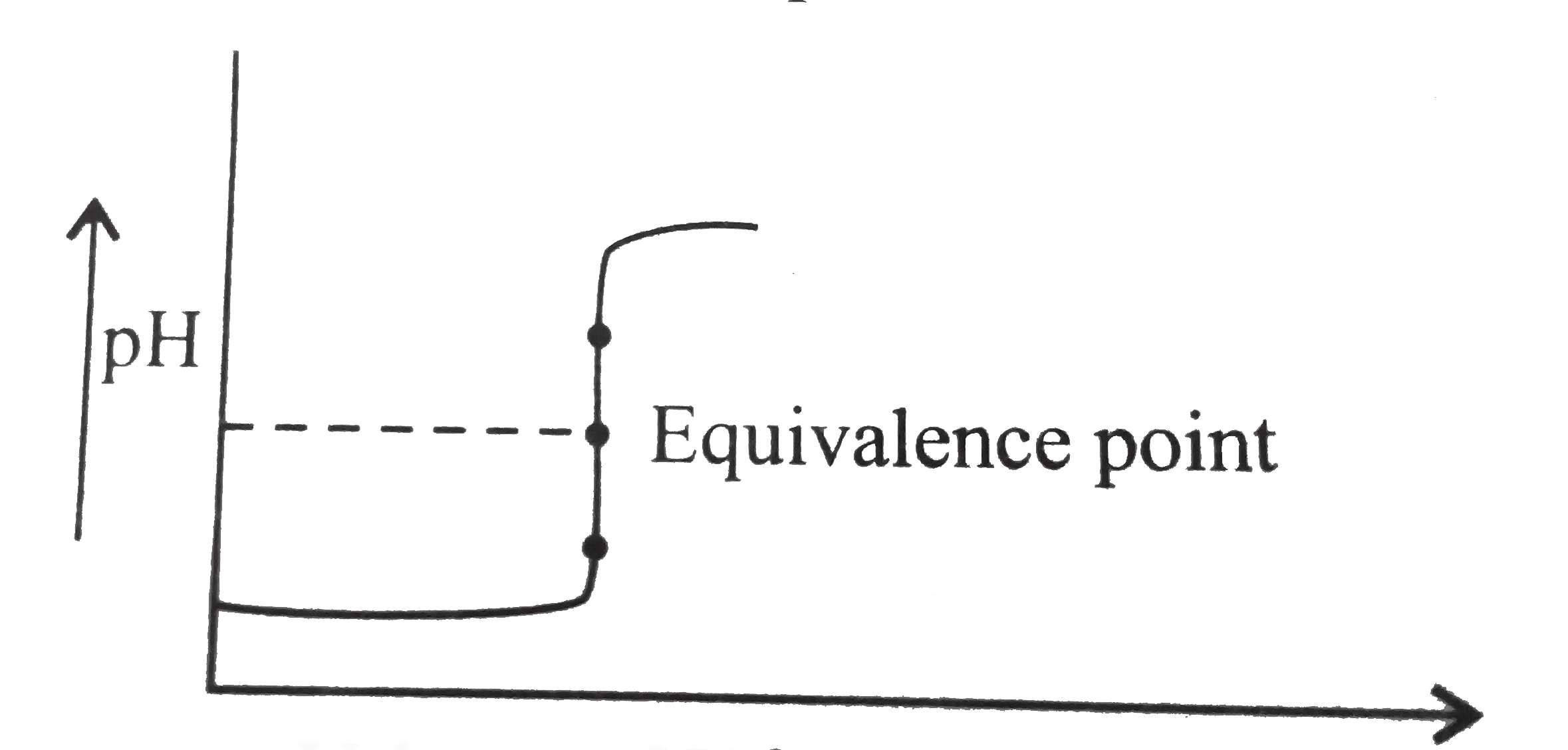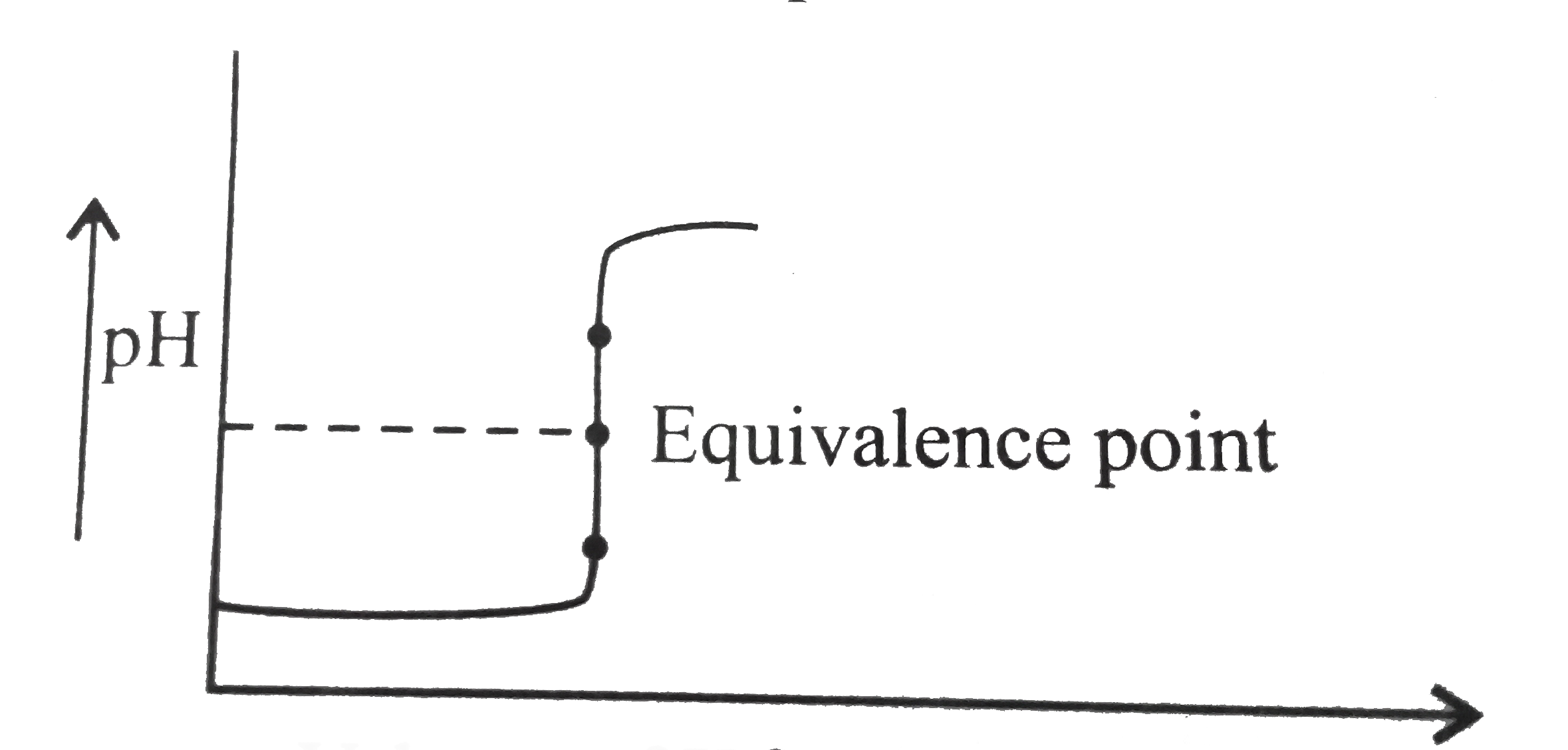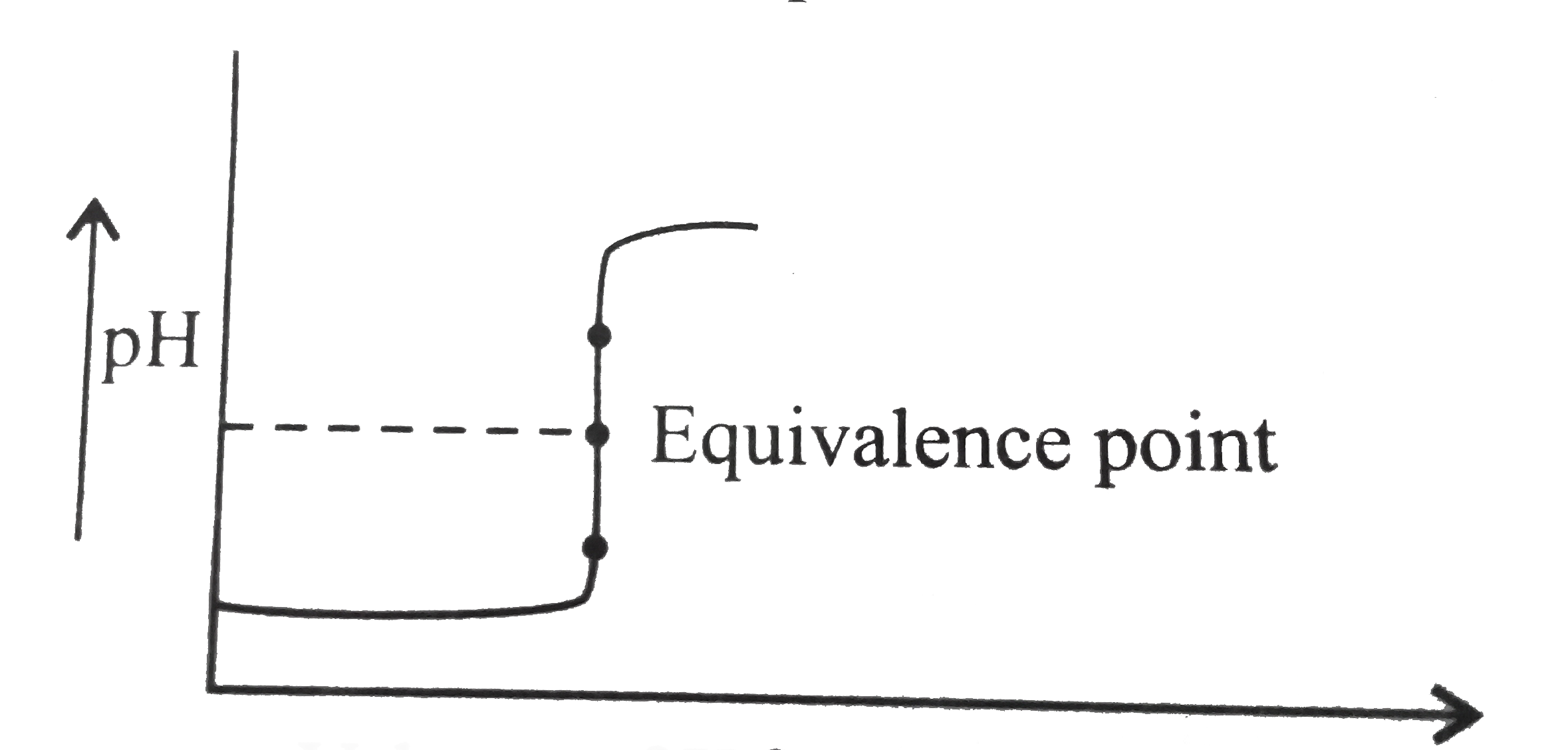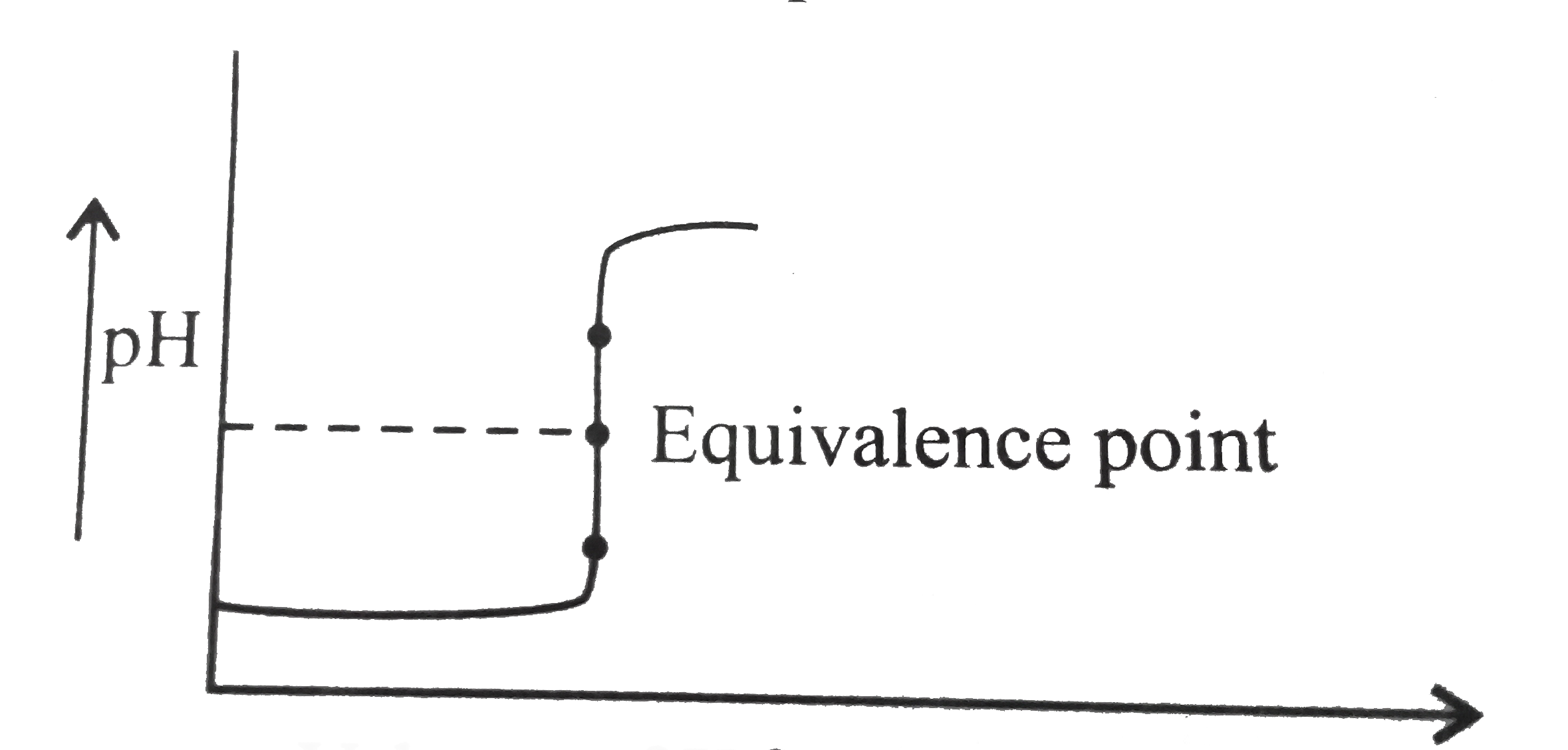A: Lead storage battery does not require salt bridge.
R: The solid nature of each oxidising agent and reducing agent prevent direct contact.
If both Assertion & Reason are true and the reason is the correct explanation of the assertion.
If both Assertion & Reason are true but the reason is not the correct explanation of the assertion.
If Assertion is true statement but Reason is false .
If both Assertion and Reason are false statements.
The correct Answer is:A
To solve the assertion-reason question regarding the lead storage battery and the necessity of a salt bridge, let's break down the solution step by step.
Step 1: Understand the Assertion
The assertion states that "Lead storage battery does not require a salt bridge."
- Explanation: A lead storage battery, also known as a lead-acid battery, is a type of rechargeable battery. It typically consists of lead dioxide (PbO2) as the positive plate, sponge lead (Pb) as the negative plate, and sulfuric acid (H2SO4) as the electrolyte.
Step 2: Understand the Reason
The reason given is that "The solid nature of each oxidizing agent and reducing agent prevents direct contact."
- Explanation: In a lead storage battery, the active materials (PbO2 and Pb) are in solid form. This solid-state prevents the oxidizing and reducing agents from coming into direct contact with each other, which is a situation where a salt bridge would typically be necessary to maintain electrical neutrality.
Step 3: Analyze the Function of a Salt Bridge
A salt bridge is used in electrochemical cells to maintain electrical neutrality by allowing the flow of ions between two half-cells. It is necessary when there are two different electrolytes in the half-cells.
- Application to Lead Storage Battery: In the case of a lead storage battery, there is only one electrolyte (H2SO4) used throughout the system. Therefore, there is no need for a salt bridge since there are no half-cells with different electrolytes that would require separation.
Step 4: Conclusion on Assertion and Reason
- Assertion: True (Lead storage battery does not require a salt bridge).
- Reason: True (The solid nature of the oxidizing and reducing agents prevents direct contact).
Step 5: Determine the Relationship
Since both the assertion and the reason are true, and the reason correctly explains the assertion, we conclude that the correct answer is:
Option 1: If both assertion and reason are true and the reason is a correct explanation of the assertion.
---
The assertion states that "Lead storage battery does not require a salt bridge."
The reason given is that "The solid nature of each oxidizing agent and reducing agent prevents direct contact."
A salt bridge is used in electrochemical cells to maintain electrical neutrality by allowing the flow of ions between two half-cells. It is necessary when there are two different electrolytes in the half-cells.
- Assertion: True (Lead storage battery does not require a salt bridge).
- Reason: True (The solid nature of the oxidizing and reducing agents prevents direct contact).
Since both the assertion and the reason are true, and the reason correctly explains the assertion, we conclude that the correct answer is:
Similar Questions
Give one example of each
Solid oxidising agent
View SolutionWhy does H2O2 act both as an oxidising and a reducing agent?
View SolutionIn what form does chemical energy get converted when the oxidising and reducing agents are present in the same solution?
View Solution(a) Give an example for a combination reaction which is exothermic.
(b) Identify the oxidising agent and reducing agent in the following reaction.
H2S+Cl2→2HCl+S
(c) Name the phenomenon due to which the taste and smell of oily food changes when kept for a long time in open. Suggest one method to prevent it.
View SolutionIn acid-base titration react rapidly to neutralise each other. Equivalence point is a point at which the acid and the base (or oxidising agent and reducing agent) have beem added in equivalent quantities. The end point in the point at which the titration stops. since the purpose of the indicator is to stop the titration close to the point at which the acid and base were added in equivalent quantities, it is important that the equivalent point and the end point be as close as must change colour at a pH close to that of a solution of the salt of the acid base. Singificantly, the pH changes most rapidly near the equivalent point. The exact shape of a titration curve depends on Ka and Kb of acid and base.

The curve represents the titration of
View SolutionIn acid-base titration react rapidly to neutralise each other. Equivalence point is a point at which the acid and the base (or oxidising agent and reducing agent) have beem added in equivalent quantities. The end point in the point at which the titration stops. since the purpose of the indicator is to stop the titration close to the point at which the acid and base were added in equivalent quantities, it is important that the equivalent point and the end point be as close as must change colour at a pH close to that of a solution of the salt of the acid base. Singificantly, the pH changes most rapidly near the equivalent point. The exact shape of a titration curve depends on Ka and Kb of acid and base.

The pH at equivalence point is
View SolutionIn acid-base titration react rapidly to neutralise each other. Equivalence point is a point at which the acid and the base (or oxidising agent and reducing agent) have beem added in equivalent quantities. The end point in the point at which the titration stops. since the purpose of the indicator is to stop the titration close to the point at which the acid and base were added in equivalent quantities, it is important that the equivalent point and the end point be as close as must change colour at a pH close to that of a solution of the salt of the acid base. Singificantly, the pH changes most rapidly near the equivalent point. The exact shape of a titration curve depends on Ka and Kb of acid and base.

The following curve represents titration curve of HCI against KOH. The pH at equivalent point is
Examine the titration curve below and answer the question.

View SolutionIn acid-base titration react rapidly to neutralise each other. Equivalence point is a point at which the acid and the base (or oxidising agent and reducing agent) have beem added in equivalent quantities. The end point in the point at which the titration stops. since the purpose of the indicator is to stop the titration close to the point at which the acid and base were added in equivalent quantities, it is important that the equivalent point and the end point be as close as must change colour at a pH close to that of a solution of the salt of the acid base. Singificantly, the pH changes most rapidly near the equivalent point. The exact shape of a titration curve depends on Ka and Kb of acid and base.

Which of the following curves indicates the titration of a weak diprotic acid by KOH of equivalent strength?
View SolutionA: Lithium is the strongest reducing agent in the periodic table.
R: Fluorine is the strongest oxidising agent in the periodic table.
View SolutionSTATEMENT-1: lead storage battery is a galvanic cell without salt bridge.
STATEMENT-2: A secondary cell is rechargeable cell.
View Solution
